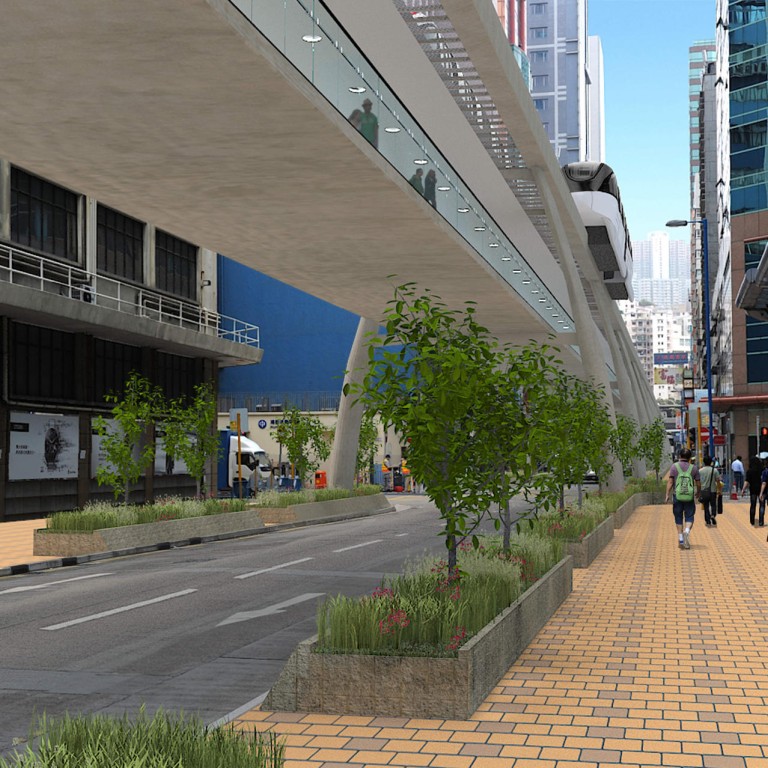
Kowloon East revamp to embrace creativity, planner tells Venice panel
New district must embrace creativity, planner tells Venice Biennale panel, but critics doubtful
Small businesses and creative industries will not be wiped out by the redevelopment of Kowloon East, says the man tasked to oversee the vast area's transformation into the city's next business district.
However, some of those who live in the area remain sceptical of the government's plans.
Ling Kar-kan, head of the Development Bureau's "energising Kowloon East" initiative, spoke last week at the Venice Biennale of Architecture, where Hong Kong has a series of exhibits on the industrial and residential areas of Kwun Tong, Ngau Tau Kok and Kowloon Bay, along with the former Kai Tak airport.
He was joined in discussion by several prominent architects and critics from Hong Kong, the mainland and Europe.
Ling said that a key part of the Kowloon East plans would be to support creative communities and small businesses.
"We cannot just build another central business district with the traditional singular use of finance and banking. We need a wide range of activities and services."
Last year, the government announced that Kowloon East would become a so-called CBD2, providing an alternative to the existing business districts of Central, Admiralty and Wan Chai.
The area is one of the most diverse in Hong Kong, with a large residential population, a string of ageing industrial areas and the former airport site, now being redeveloped as a residential and commercial area.
Ling told the panel the area should be an incubator for small and medium-sized enterprises and cultural industries that have already taken root, including film studios and design firms. The initiative would also create informal cultural venues and an industrial heritage park.
"We would like to save the industrial heritage of this area," said Ling, without elaborating.
Fellow speaker Rocco Yim Sen-kee, the architect who designed the new government headquarters in Admiralty, sounded a note of caution.
"You don't have diversity when the government is involved," he said, pointing out that the government favoured a standardised approach to development, with schools and housing following strict templates.
"I don't know if it exists, a top-down diversity," said British architect Professor Peter Cook. "The great opportunity you have is to work with an area while it is still alive. You don't need to design every single inch - let life grow close to the factories. Un-design is a good solution."
In response, Ling said that he was pushing for a more ad hoc approach to Kowloon East's development, saying Hong Kong's character came from a certain "orderly chaos" and improvisational spirit, and that over-regulation should be avoided.
His words were met with wariness by some Kowloon East residents, including biennale exhibitors like the rooftop HK Farm, which grows rooftop herbs and vegetables in Ngau Tau Kok, and Hidden Agenda, a factory-building music venue the government has tried to shut down.
Hidden Agenda member Wong Ah-kok staged an impromptu protest at the biennale, holding up a hand-drawn sign reading "save art" while urging visitors to understand the plight of Kwun Tong artists.

